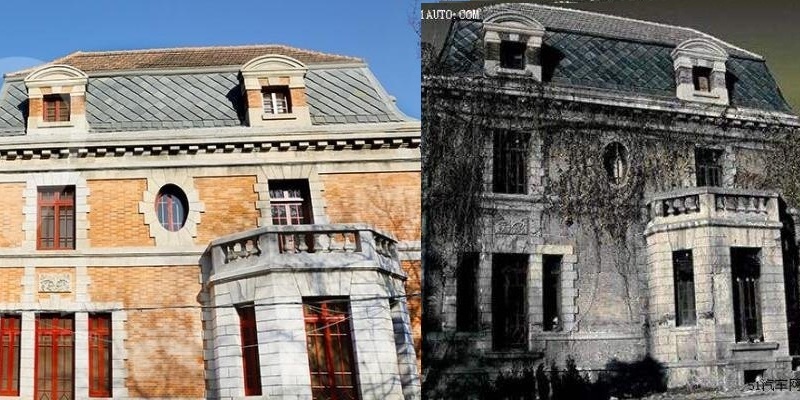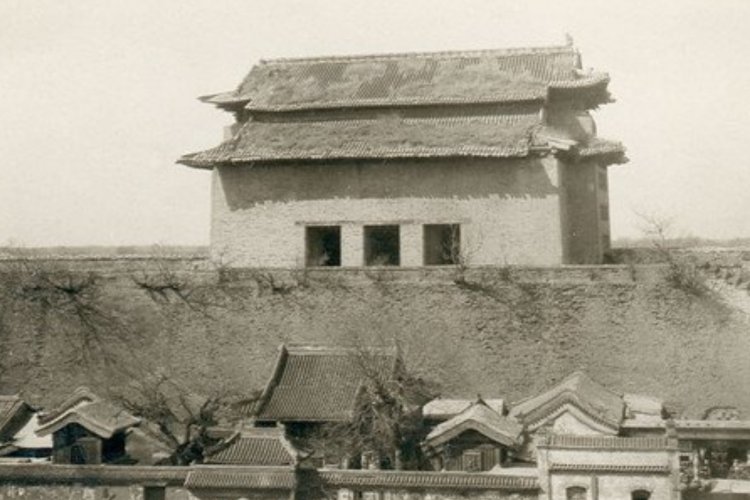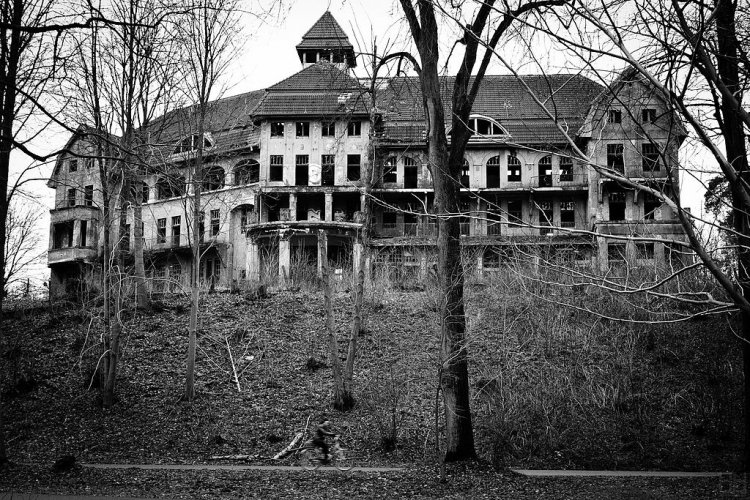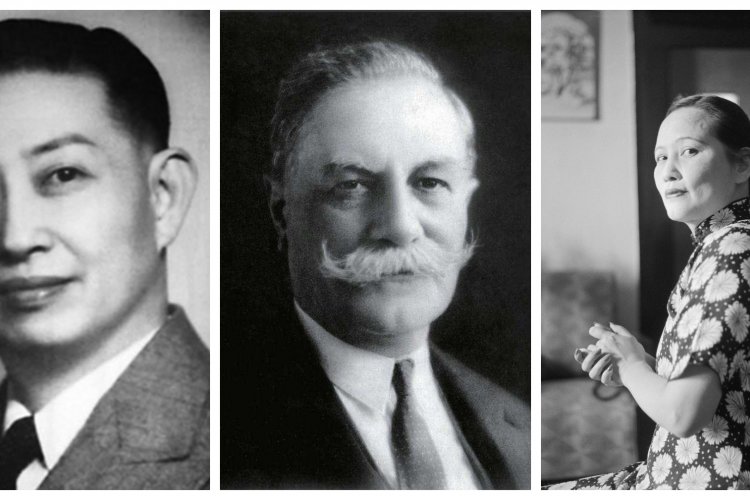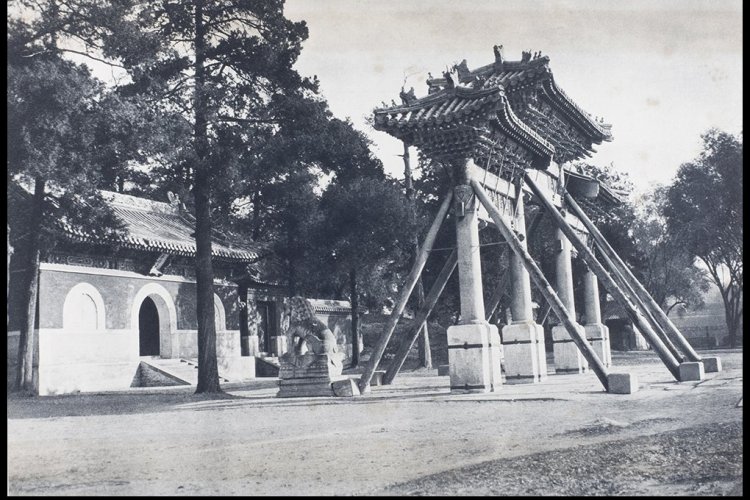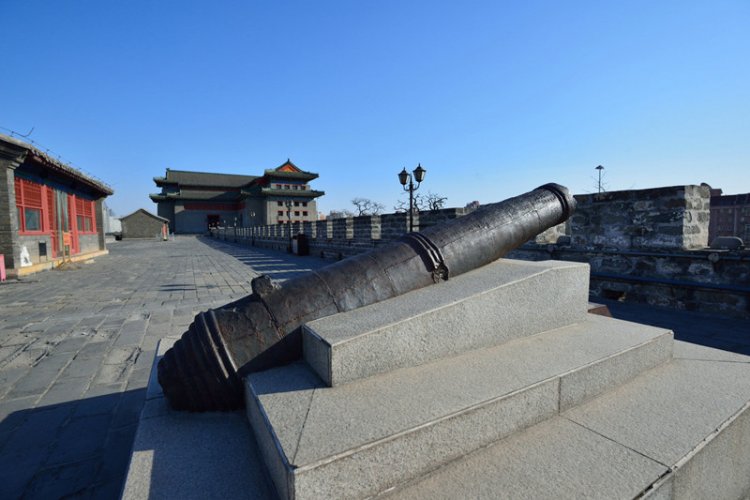Throwback Thursday: The Contentious History of Chaonei 81 Mansion
If, during the thunderstorms that are expected to pour down this week, you were to pass by the rusted gate in front of the old Chaonei 81 building that stands a block south of Dongsishitiao, there are some armchair paranormal investigators and spinners of ghostly tales who would tell you that you might hear shrill screams echoing into the night. However, the mysteries of the mansion go well beyond the unseemly events that supposedly took place within its walls one year before the founding of the People’s Republic.

Six years ago this month, we reported that the house would be open to visitors as part of a promotion for a film based on the most famous story to come out of the mansion: the 1949 suicide of the mistress of a Kuomintang official after he fled the city. As the film was released, some 500 people per day were flocking to the accursed building to chase thrills and get a taste of ectoplasm.

Though I’m sure no true believers will be influenced in the slightest by my saying this, it is worth pointing out that the story might not have happened at all. According to some historians, there is no record of a Kuomintang ever residing in the mansion. In fact, there are so few records related to the building that the questions of why and even when it was constructed are in contention.
The most oft-cited origin story is that put forth by the building’s owner, the Roman Catholic Archdiocese of Beijing, who claims it was built in the early 20th century as a Chinese language school for foreign missionaries. Unless you’re inclined to describe the Catholic Church as completely honest and thorough in their keeping with historical accuracy, however, you might prefer the explanations of other historians, who suggest that it was built in 1900 as a gift to the British government from Imperial China, or even that its origins are as humble as a railway manager's accommodation.
Given the elusive facts surrounding Chaonei 81, however, the question I have is this: Whether it happened or not, why has a death that supposedly occurred over 70 years ago continued to capture the popular imagination, so much so that it gave birth to one of the best received Chinese horror films of all time? A few years after the film was released, the house was renovated, but even without its ghostly interior, the story was interesting enough to attract numerous trespassers.

Some experts in the US point to slavery and the mass killing of first nation peoples across the region to explain such ghost stories – they are a way of reminding later generations of the darker sides of history. Obviously, these are not perfect analogies to Chinese history, but it is worth asking, what is it about this story, based in a moment that was such a key turning point in China's story, that keeps people coming back to it? I don’t have the answer. But for those interested in Chinese history, it is a thought worth dwelling on.
READ: Throwback Thursday: The Bruce Willis WWII Airplane Movie That Crashed and Burned

